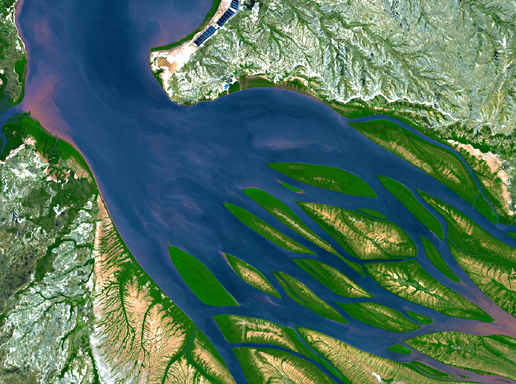|




|
|
Author
Index
O |
Robert
O'Brien |
|
Title
Index
A |
A
Report from Group
17 |
|
|
|
|
| Year |
1972 |
| Publisher |
Coronet
(Victor Gollancz) |
| ISBN |
0340181613 |
|
|
|
Synopsis
|
The
virus that could
destroy mankind
was begun in a
Nazi laboratory,
perfected by the
Russians and now
existed only
minutes away from
the White
House. Some
little way
up-river from
Washington was a
kind of miniature
Kremlin - a
mansion that -
except for the
fact that the
villa Petrograd
was hung with
secrecy, contained
sophisticated
microbiological
equipment and was
fringed by a
private zoo that
seemed unusually
well supplied with
primate specimens.
In charge of
"operations"
was Dr Helmuth
Schutz, former
Nazi scientist now
working for the
Russians.
And against him
the intelligence
people were forced
to use all their
wits to get to the
real reason behind
his recent
experiments, and
the possible
disasters that lay
behind them. |
|
|
|
Review
|
As
frightening as The
Andromeda Strain,
as suspenseful as
The Tashkent
Crisis - this is a
novel that is taut
and fascinating
from first
sentence to last. |
|
|
_______________________________________________________
 |
|
|
Credit:
NASA
|
|
Madagascar
in Blue
and Green
On the
northwestern
coast of
Madagascar,
the salty
waters of
the
Mozambique
Channel
penetrate
inland to
join with
the
freshwater
outflow of
the
Betsiboka
River,
forming
Bombetoka
Bay.
Numerous
islands
and
sandbars
have
formed in
the
estuary
from the
large
amount of
sediment
carried in
by the
Betsiboka
River and
have been
shaped by
the flow
of the
river and
the push
and pull
of tides.
This image
from the
Advanced
Spaceborne
Thermal
Emission
and
Reflection
Radiometer
(ASTER) on
NASA's
Terra
satellite
shows
Bombetoka
Bay just
upstream
of where
it opens
up into
the
Mozambique
Channel,
which
separates
Madagascar
from
Africa to
the west.
In the
image,
water is
sapphire
and tinged
with pink
where
sediment
is
particularly
thick.
Dense
vegetation
is deep
green. |
|
NASA
Image of
the day
archive |
|
______________________________________________________
|
|


|

